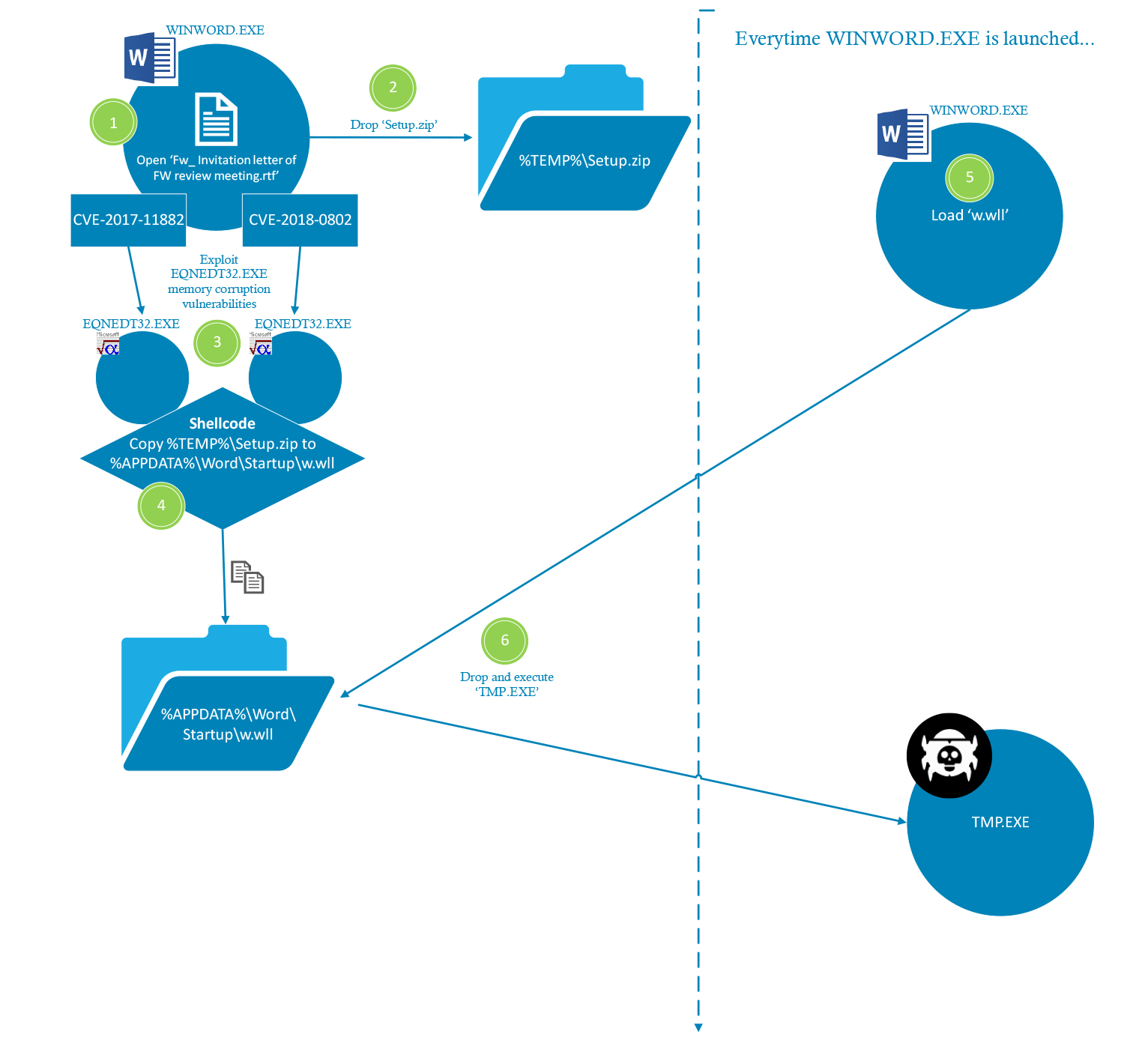Note: Office 2010 and 2007 offer built-in equationsupport; see Microsoft's explanations for Word2010 and Word2007.
In Office 2008 and 2004, Equation Editor is not always part of thetypical installation. To add Equation Editor, follow the appropriateinstructions below; you will need the installation CD or the files youdownloaded from IUware.
As Suzanne wrote, the classic Equation 3 editor is no longer supported in Office, and the closest replacement is MathType from Design Science (actually, MathType provided Equation 3 for Microsoft). The keyboard shortcuts in MathType should be similar, but not necessarily identical, to those in the old equation editor in Word.
Microsoft Equation Editor 3.1. Microsoft Equation Editor. Choose the most popular programs from Developer Tools. 3.3 (39 votes ) Ferrero. Review Comments (1) Questions & Answers Update program info. No specific info about version 3.1. Please visit the main page of Microsoft Equation Editor on Software Informer. Microsoft Equation Editor. Microsoft Equation Editor is developed by Ferrero. The name of the program executable file is EQNEDT32.EXE. This particular product is not fit to be reviewed by our informers. You can check Microsoft Motocross Madness, Math Editor, Bing Ads Editor and other related programs like EqualX LaTeX Equation Editor at the.
Office 2008 and 2004
Note: In Office for Mac, the Equation Editor istypically installed by default. To check to see if it is installed,see the following path location, replacing versionwith the version of Office you have installed:
If it is not installed already, to add Equation Editor:
- On the desktop, double-click the Microsoft Office 2008 orMicrosoft Office 2004 icon.
Note: If you are installing a copy downloaded fromIUware, you should have a
.dmgfile on yourdesktop. Usually, Mac OS X will automatically mount thisfile. If it doesn't, double-click the .dmg file to mount itand start the install process. - The setup window will offer one or two installation options,depending on which version of Office you are installing:
- The first option is available in both Office 2008 and 2004. InOffice 2008, it is labeled Office Installer. In Office 2004,it is labeled Office Setup Assistant. Follow theinstructions below to use one of these tools.
- The second option is available only in Office 2004, and is labeledOffice 2004. To install all Office 2004 applications andcomponents (such as the Equation Editor), drag and drop this icon intoyour Applications folder.
- Run the Office Setup Assistant or OfficeInstaller, following steps 1 through 4 in the installation.
- If you are prompted to select your installation location, eitherchoose the location of a current Office installation, or select thelocation you'd like to use for a new installation.
- In the box of customizable options, click the arrow next toOffice Tools and select Equation Editor.
- Click Install.


To use the Equation Editor in an Office application
- Open the desired Office application.
- Click Insert, and then Object.
- In the list of Object types, choose Microsoft Equation(this will open the Equation Editor).
- In the
Equation Editorwindow, form your equation;when finished, click the red X in the upper right to closethe window. - After a moment, the equation will appear in the application.
Microsoft Office Word 2016
Some fractions (1/4, 1/2, and 3/4) automatically switch to a fraction character when you type them (¼, ½, ¾). But others do not (1/3, 2/3, 1/5, etc.).

- To switch to a fraction character, click Insert > Symbols > More Symbols.
- In the Subset drop-down list, click Number Forms and select a fraction.
- Click Insert > Close.
TIPS:
- To find additional mathematical symbols, click AutoCorrect at the bottom of the Symbol dialog box. Click the Math AutoCorrect tab to see a list of keyboard shortcuts you can type into your document to insert math symbols. Be sure to select the Replace text as you type check box. Depending on where you are in the document, you may need to select the Use Math AutoCorrect rules outside of math regions option.
Microsoft Office 2010 and 2013:
- Place the cursor on the document where you would like to insert a fraction.
- Click on Equation in the upper right.
- Select fraction under the Equation Tools option
- Choose which style fraction you want.
- Insert the numbers into the fraction boxes.
Microsoft Office 2007:
Microsoft Equation Editor 3.1 Download

Microsoft Equation Editor 3.1
- Go to the 'View' menu tab in MS Word and select 'Toolbars' then 'Customize Quick Access Toolbar'.
- Under 'Choose Commands from' select 'All Commands' from the dropdown menu. Select 'Equation Editor'.
- Drag it and drop it on any place on a toolbar.
- Select your desired fraction type from the resulting drop-down menu. An equation box will appear where your cursor is.
- Type in your desired denominator and numerator in the equation box. Click outside of the box when finished.